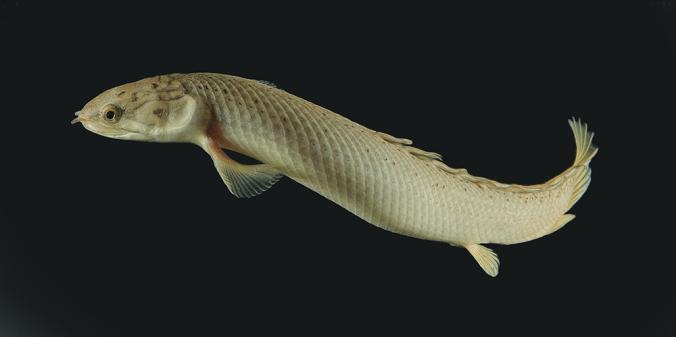The New York Times, August 28, 2014
An unassuming single-celled organism called Toxoplasma gondii is one of the most successful parasites on Earth, infecting an estimated 11 percent of Americans and perhaps half of all people worldwide. It’s just as prevalent in many other species of mammals and birds. In a recent study in Ohio, scientists found the parasite in three-quarters of the white-tailed deer they studied.
One reason for Toxoplasma’s success is its ability to manipulate its hosts. The parasite can influence their behavior, so much so that hosts can put themselves at risk of death.
